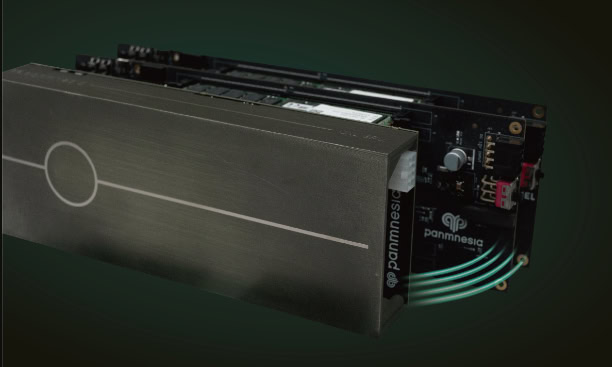
The South Korean company Panmeniawith the help of KAIST (Korea Advanced Institute of Science & Technology), proposes what could be a remarkable advancement in terms of upgrades. Imagine the possibility of RAM upgrades for video cards in the future. That is exactly what they want to achieve.
Like hundreds of new technology developments, the project aims to serve the corporate market, mapping one of the most talked-about issues in terms of bottlenecks for AI use: the need for VRAM to train artificial intelligence models with increasingly more parameters. The bottleneck in terms of VRAM on the video card is also a topic of interest to gamers, since several video cards would be able to perform better if the amount of video memory available was higher.
Panmenia’s technology uses a well-known protocol, CXL, and is based on the famous PCI-Express, but the implementation for this specific purpose is something new. This gives rise to what they call the CXL GPU image. With this implementation, the video card could use the PCIe port for memory expansion.
This would allow devices to be created as a sort of expansion component for this system, increasing the available memory that the GPU can handle. This expansion would be accessed by the graphics processing unit with a latency of “double digits in nanoseconds”, explains Panmesia on its official website.

In practical terms of implementation, the technology is unlikely to reach the market easily, as it would require a completely compatible system, with NVIDIA and AMD even collaborating on this compatibility at the GPU level.
Source: https://www.hardware.com.br/noticias/placa-de-video-com-memoria-expansivel-ideia-de-uma-startup-coreana.html


